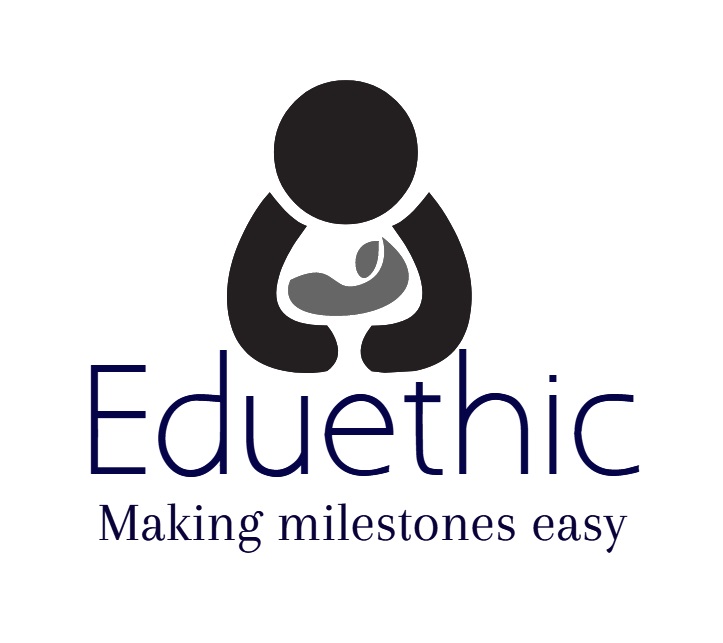How B.Tech In Aerospace Engineering Of Dayananda Sagar University Is Good For Your Career?
By: Eduethic
Introduction
Aerospace Engineering, a new field of engineering, deals with the design and development of spacecraft and aircraft. This course has two main branches: Aeronautical and Astronautical Engineering, and Aerospace Engineering encompasses both of these branches
Warning: Undefined array key "blogDesc" in /www/wwwroot/eduethic.com/blog_view.php on line 264
Deprecated: chop(): Passing null to parameter #1 ($string) of type string is deprecated in /www/wwwroot/eduethic.com/blog_view.php on line 264
Aerospace Engineering, a new field of engineering, deals with the design and development of spacecraft and aircraft. This course has two main branches: Aeronautical and Astronautical Engineering, and Aerospace Engineering encompasses both of these branches. Aeronautical engineering focuses on aircraft, while Astronautical engineers deal with spacecraft.
Aerospace engineering uses the principles of engineering, physics, and mathematics principles for designing, prototyping, and manufacturing spacecraft and aircraft systems. This requires an understanding of core concepts such as Fluid mechanics and basic and applied thermodynamics. It also requires knowledge of material science, aerodynamics and control. Aerospace engineers use these core principles to design and analyze spacecraft systems and components.
Aerospace Engineering science has evolved to include technological advances. Today's aerospace engineers are interested in composites, mechatronics, micro & nanotechnology, drone technologies and nanosatellites. Aerospace Engineering is an interdisciplinary program that overlaps with various mechanical, civil, and electrical engineering domains.
Aerospace engineers have much potential in the commercial and defence sectors of the aerospace and space industries. There are many chances for them in the public and private sectors and international organizations. Aerospace engineers are attracted to space exploration research. Aerospace engineers are looking forward to exciting drone technologies, satellite technology, autonomous systems, space transport systems, and space-based internet technologies.
You can choose to be an Aerospace Engineer by applying for many job openings, such as Shop Floor Engineer (CAE Analyst), Design Engineer (CAD), Quality Assurance, Maintenance Engineer, Safety Manager/Engineer, Production Planner, Quality Assurance Engineer, Safety Engineer and Production Supervisor/Engineer etc.
DSU's Department of Aerospace Engineering offers a Bachelor of Science degree. Tech in Aerospace Engineering is an undergraduate program that prepares students to become Aerospace Engineers. This programme enables them to be creative, motivated and innovative.
The B. The B. Tech in Aerospace Engineering curriculum, developed by the Department of Aerospace Engineering, is outcome-based. It includes required theoretical concepts as well as practical skills in this field. Students learn problem-solving skills to make the transition from academia to work. Students are also trained in interdisciplinarity topics and attitude skills to increase their scope. This programme is unique because of its advanced teaching methods, learning resources and faculty's strong connections to the manufacturing sector.
Vision:
- To be recognized as an innovator in Aerospace Engineering by excellence in education and imparting the values of research development in the upcoming areas.
Mission:
- The Department provides technical knowledge, practical skills and entrepreneurial skills to students. It also offers guidance in various activities to make graduates capable engineers of the future.
- To help each student develop an ability to learn, passion and effective implementation.
- To give students vital concepts and an application-oriented overview of their chosen courses.
Seats & Eligibility
Seats
|
Title
|
Graduation
|
Programs
Offered
|
Intake
|
| |
Total
|
|
Aerospace Engineering
|
UG
|
Bachelor of Technology in Aerospace Engineering
|
60
|
Eligibility
|
Program
|
Eligibility
|
|
Aerospace Engineering
|
Pass in PUC / 10+2 examination with Physics and Mathematics as compulsory subjects along with one of the Chemistry / Biotechnology / Biology / Computer Science / Electronics / Technical Vocational subjects and obtained at least 45% marks (40% in case of candidate belonging to SC/ST & OBC category) in the above subjects taken together, of any Board recognized by the respective State Governments / Central Government / Union Territories or any other qualification recognized as equivalent there to.
|
Programme Educational Objectives(PEO)
- Graduates will use their scientific and technical skills to succeed in the space industry.
- Graduates will be able to identify and analyze the challenges and advances in Aerospace and related fields.
- Graduates will be motivated to continue their education, research and development in Aerospace Engineering and related areas.
Programme Specific Outcomes(PSO'S)
- Aerospace engineers will excel and bring the highest ethical standards to their research activities. Graduates will know about Science, Mathematics and Aerospace engineering.
- Graduates will work as a team and demonstrate professionalism in their chosen field. They can also adapt to the latest technologies and industrial situations by continuing their education.
Programme Outcomes(PO'S):
The student will be able to:
- Ability to use knowledge of science, mathematics, and engineering fundamentals to solve complex mechanical engineering problems
- The student will be able to analyze and interpret mechanical engineering data to arrive at meaningful conclusions using mathematical inferences.
- I am designing a mechanical engineering system, component or process that meets desired needs, taking into account public safety and health and cultural, societal, and environmental considerations.
- Through experimental investigations, you can understand and solve complicated mechanical engineering problems.
- Ability to use appropriate tools and techniques and to understand how resources used to complete complex mechanical engineering tasks
- It understands the effects of engineering solutions on legal and cultural aspects and safety and public health.
- Capability to find sustainable solutions and understand the impact on society and the environment
- Ability to apply ethical principles in engineering practices and professional responsibilities
- Ability to work in a team, plan and integrate engineering knowledge and lead multidisciplinary teams
- Effective oral presentations communicate technical ideas to foreign audiences using written and verbal means.
- Applying engineering and management principles to manage and lead multidisciplinary teams
- Able to adapt to technological advances and engage in life-long learning
Teaching And Learning Methods
Faculty members can use various teaching and learning methods to teach students effectively. Here are some teaching and learning strategies that faculty at the University use.
- Audio-visuals used to give face-to-face lectures.
- Project-Based Learning
- Workshops-group discussions and debates, as well as presentations
- Demonstrations
- Laboratory-work/Fieldwork/Workshop
- Visit the industry
- Seminars
- Group Exercises
- Project Work
- Project Exhibitions
- Technical Events
Laboratories
Structures-Lab
The Structures Laboratory is a state-of-the-art facility that includes test rigs for students to study aircraft design and structural analysis. You will get practical knowledge about various components by using the lab's experimental setups.
- Aero Structural Components
- Fatigue Testing Machine
- Analysis of Pin Jointed Frames
- Column Test Setup
- Uniaxial Testing Frames
- Indeterminate Beam Structure
- Creep Testing Machine
- Thin-walled Pressure Vessel
- Bending Stresses in a Beam
- Photoelastic apparatus
Composite Lab
The following sets will allow students to experience advanced manufacturing processes and test procedures.
- Set up a hand layup
- Filament winding set up
- Injection Molding
- Vacuum Bagging Setup
- Resin Infusion Method
- Autoclave
- Hydraulic Press
- Setup of Tensile and Flexural Tests
- NDT technique
- Test setup for composite beams
Product Design
3D EXPERIENCE is an Industrial experience platform. It allows students to learn and work with industrial solutions in organizations, from sales to marketing to engineering. This helps to create differentiated consumer experiences.
It powers Industryexperiences with a single interface that is easy to use.
- 3D design,
- Analysis,
- Simulation
- Intuition software for a collaborative, interactive environment.

 0
0







 @2025| eduethic.com All Rights Reserved
@2025| eduethic.com All Rights Reserved